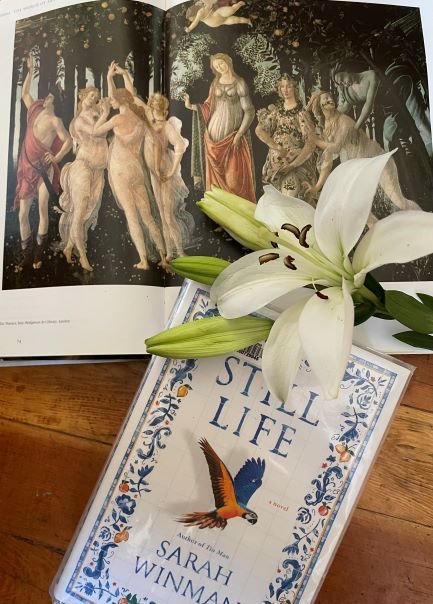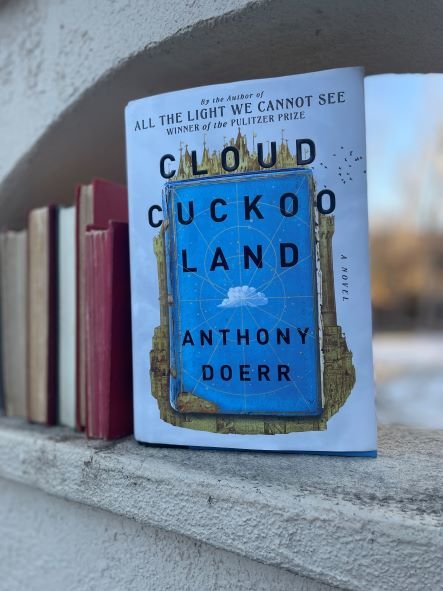Geraldine Brooks’s most recent novel, Horse (2022), threads the lives of various characters existing across 150 years of American history into a powerful story. The three storylines braid together as the narrative builds; and it is a horse that binds the strands to one another. As she has did in People of the Book, artifact and historical characters speak to the lives of modern ones and a tapestry of individuals and subplots work their way toward mutual resolution.
A few of my favorite reads…
CONTEMPORARY & CANONICAL ǁ NEW & OLD.
Fiction ※ Poetry ※ Nonfiction ※ Drama
Hi.
Welcome to LitReaderNotes, a book review blog. Find book suggestions, search for insights on a specific book, join a community of readers.




















